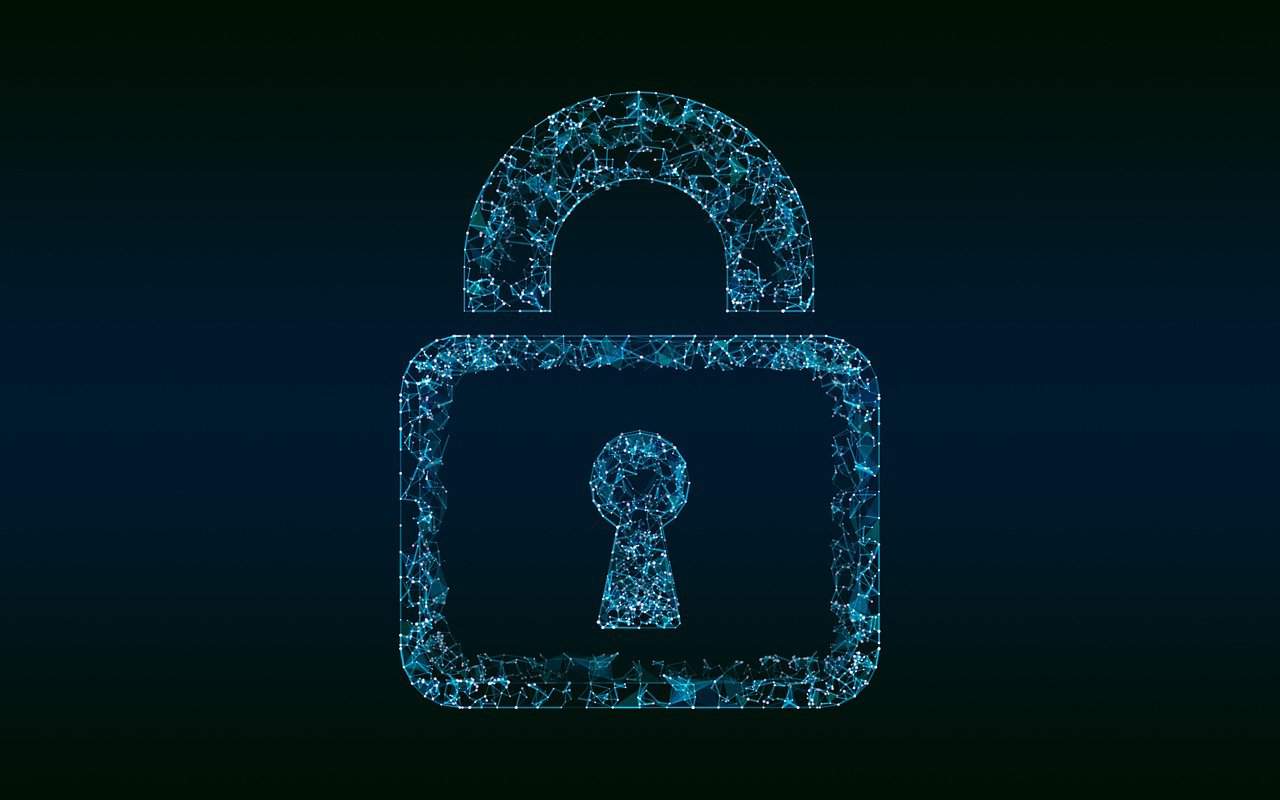Information is the new currency, and because of this, cybersecurity needs to be not just a concern for tech giants but also for small and medium-sized businesses (SMBs). With cyber threats becoming more sophisticated, SMBs must prioritize cybersecurity to safeguard their operations, sensitive data, and the trust of their customers.
Luckily, there are best practices that SMBs can follow to keep their businesses safe. Read on as we explore practical and effective cybersecurity best practices tailored for SMBs, helping you navigate the complex landscape of online security.
Understanding Cyber Threats
Before diving into cybersecurity best practices, we first need to take a moment to recognize how often cyber threats evolve. Cybercriminals do not simply give up when they realize that the cyberattack they are employing is no longer effective. Instead, they learn to exploit other weaknesses, allowing them to target large businesses and SMBs. SMBs make tempting targets for cybercriminals because they often don’t have the cybersecurity protection that larger businesses can afford. Whether phishing attacks, ransomware, or data breaches, SMBs must proactively defend their digital assets.
Cybersecurity Best Practices
Due to its evolving nature, we cannot solely focus on one type of cyberattack and consider the job done. Consequently, let’s explore several best practices that businesses of all sizes and structures can adopt to ensure the security of their data:
Create a Cybersecurity Culture
Start from within. Cultivate a cybersecurity-conscious environment by fostering awareness and education among your employees. Regular security awareness training sessions that go over how to identify phishing attempts, recognize social engineering tactics, and understand the importance of strong passwords can go a long way. Encourage employees to report any suspicious activities promptly, turning them into active participants in your cybersecurity defense.
Establish Clear Security Policies
Develop and communicate clear cybersecurity policies to your team. These policies should cover data handling, device usage, and acceptable online behavior. Make sure that your employees understand the potential risks and consequences of non-compliance. Regularly revisit and update these policies to adapt to evolving cyber threats and technologies, keeping your team well-informed and prepared.
Implement Firewalls and Antivirus Software
The first line of defense for your digital infrastructure is a strong firewall and reliable antivirus software. Regularly update and monitor these systems to protect against emerging threats. Consider investing in next-generation firewalls that offer advanced threat detection capabilities, providing an extra layer of defense against sophisticated cyber attacks.
Use Virtual Private Networks (VPNs)
Encourage using VPNs, especially when employees access business systems remotely. VPNs encrypt internet connections, making it harder for cybercriminals to intercept sensitive data. Implement a VPN usage policy so that employees know how to use a VPN when working from remote environments.
Regularly Back Up Data
Back up your data regularly and store it in a secure, off-site location. By doing so, you know that, in the event of a ransomware attack or data loss, you can quickly recover critical information. Test your backup and recovery procedures periodically to guarantee their effectiveness and reliability in real-world scenarios.
Encrypt Sensitive Information
Implement encryption for sensitive data, both in transit and at rest. This adds an extra layer of protection, making it significantly more challenging for unauthorized individuals to access and misuse your data. Stay informed about the latest encryption standards and technologies to ensure your data remains secure against evolving cyber threats.
Multi-Factor Authentication (MFA)
Mandate the implementation of multi-factor authentication for employees accessing business systems. MFA adds an extra layer of security by combining passwords with a verification code sent to a mobile device or a security key. This way, even if cybercriminals figure out passwords, they cannot gain access. Regularly review and update your MFA methods to stay ahead of emerging authentication threats.
Regularly Review User Access
Conduct periodic reviews of user access privileges. Ensure that employees have the minimum level of access required for their roles, reducing the risk of unauthorized access or data exposure. Automate access reviews when possible and promptly revoke access for employees who no longer require certain permissions due to changes in their roles or responsibilities.
Implement Mobile Device Management (MDM)
If your employees use personal devices for work, implement mobile device management solutions. MDM allows you to secure and monitor devices accessing your business network. Enforce strong security policies on mobile devices, including password requirements, remote wipe capabilities, and application restrictions.
Keep Software and Systems Updated
Regularly update operating systems, software, and applications. Cybercriminals often exploit vulnerabilities in outdated systems, and staying up-to-date is a simple yet effective defense. Implement a patch management process that ensures timely updates across all devices and systems, reducing the risk of exploitation through known vulnerabilities.
Develop an Incident Response Plan
Prepare for the worst by having a well-defined incident response plan. This plan should outline the steps to be taken in case of a cybersecurity incident, including communication protocols and collaboration with relevant authorities. Conduct regular tabletop exercises and simulations to test the effectiveness of your incident response plan and identify areas for improvement.
Conduct Regular Security Audits
Regularly audit your cybersecurity measures to identify vulnerabilities before cybercriminals do. This proactive approach allows you to address potential issues before they escalate. Bring in external cybersecurity experts to conduct thorough security audits, giving an unbiased assessment of your cybersecurity and insights into industry-specific threats.
Assess Vendor Security Practices
If your business relies on third-party vendors or partners, check that they meet adequate cybersecurity standards. Assess their security practices, including data protection measures, to lessen potential risks to your business. Establish clear expectations regarding cybersecurity in vendor contracts and conduct periodic reviews to ensure ongoing compliance.
Include Security Clauses in Contracts
While on the subject of working with third-party vendors or partners, when entering into contracts, include clauses that address cybersecurity requirements and responsibilities. Clearly define expectations regarding the protection of shared data and potential security incidents. Work collaboratively with vendors to establish a mutual understanding of cybersecurity risks and encourage a shared commitment to maintaining robust security measures.
As technology continues to advance, so do the threats posed by cybercriminals. Small and medium-sized businesses must therefore not underestimate the importance of strong cybersecurity practices, such as those offered by the team at CMIT Solutions Houston SW. When it comes to cybersecurity, an ounce of prevention is worth a pound of cure. Contact us today to stay secure!





